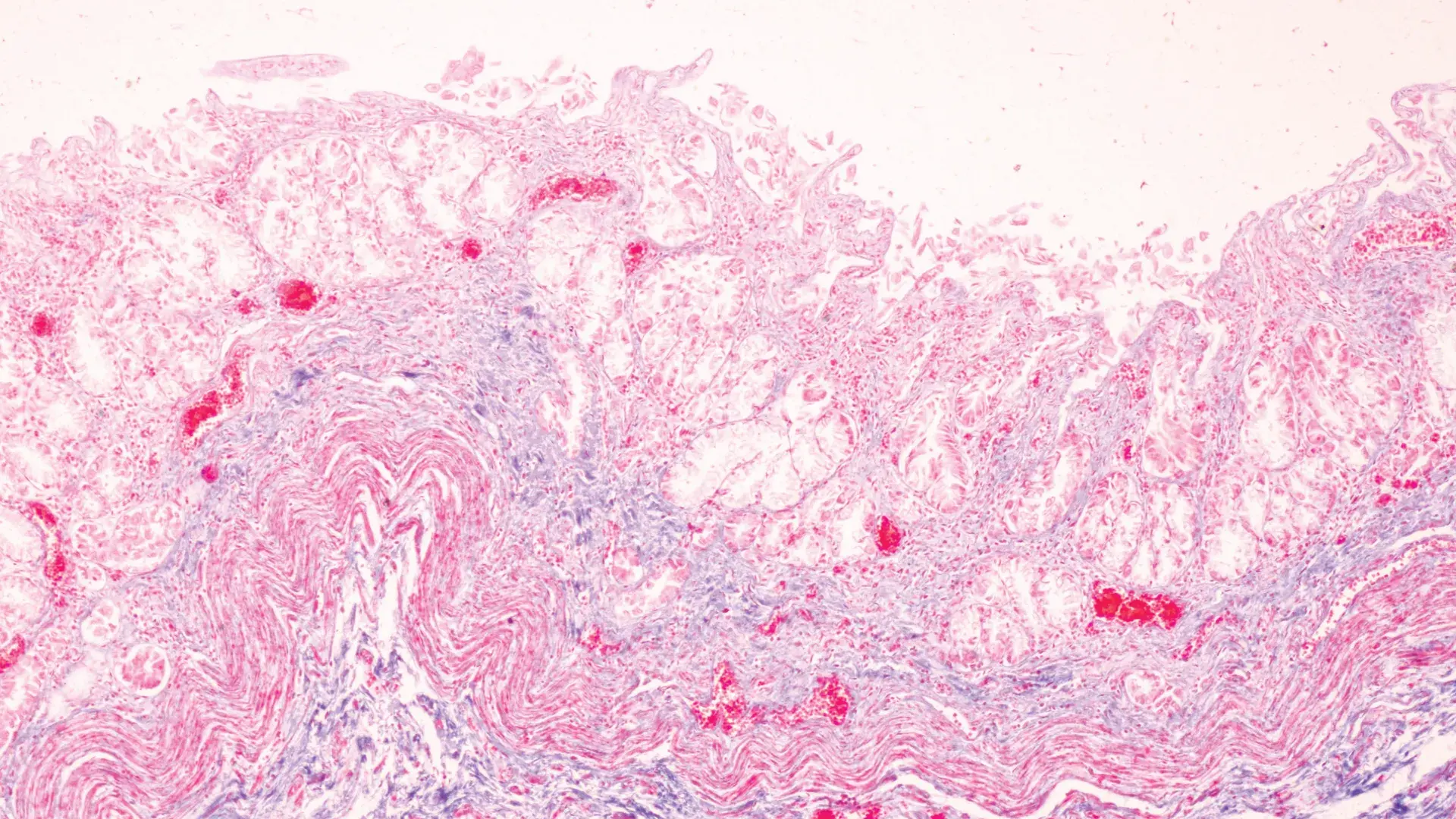4 Questions On NAD/NADH Testing Answered
Unlocking the Secrets of Cellular Energy
2 min read
Britt Harris
:
April 19, 2023 at 8:30 AM

Mycotoxins are toxic substances produced by molds that can severely impact human health. As a practitioner, it is essential to understand the implications of mycotoxin exposure, the symptoms it can cause, and how exposures can impact patients on a cellular level. Below we will discuss three things that you must know to improve your clinical utility around mycotoxins.
1.) Many molds produce the same mycotoxins.
One of the most misunderstood things about mycotoxins is that each mold does not necessarily have its own mycotoxin. A wide variety of molds can produce the same mycotoxins. For instance, the molds Penicillium carbonarius (commonly found in dried vine fruits, wine, and coffee) and Aspergillus Veridictum (commonly found in on dead leaves, stored grains, and compost piles) produce the same mycotoxin Ochratoxin A.
The fact that many molds produce the same mycotoxins makes testing for various toxic mold exposures quite simple. With just 16 mycotoxins tested, you can test for over 300 different varieties of mold exposures. Below is a chart that breaks down some of the most commonly found toxin molds for humans and the mycotoxins they emit.

You can download the entire chart here >>
2.) Symptoms of mycotoxin exposure can be vast and nonspecific.
For some, mycotoxin exposure will cause only mild symptoms. Others may suffer from debilitating fatigue, body pain, headaches, respiratory issues, endocrine issues, or even chronic inflammatory conditions such as osteoarthritis or cancer.
Since the symptoms are nonspecific, toxic exposure can be challenging to pinpoint, which makes it important to maintain a high level of clinical suspicion. Inquiring about patients' living situations to understand whether they fell ill after moving to a new home, if they have a leaky basement, or other water damage, all of which can help you identify potential exposures.
Additionally, if regular treatments are not providing the expected results, mycotoxin testing may help you identify the root cause of the issues.
3.) Mycotoxins can disrupt mitochondrial function.
When looking into toxic exposures, it can be difficult to fully comprehend how it impacts the body, especially when the impact is primarily seen on a micro level. For mycotoxins, research shows that toxic exposure can have a significant negative effect on mitochondrial function and greatly hinder the production of ATP within the body.
To fully understand how toxic exposures impact the body on a mitochondrial level, combining mycotoxins testing with an Organic Acids test can provide the snapshot needed to see precisely how mycotoxins affect the body on a cellular level. The MOE-Tox Profile combines Mycotoxin, Environmental Pollutants, and Organic Acids testing to show a complete view of the total toxic burden and how it impacts the patients' mitochondrial function and detoxification ability.
4.) Mold exposures can occur anywhere.
Mold exposures can happen anywhere, in any home or place of work. It is a common misconception that you must live in a damp place like the pacific northwest or have recent flooding like the South does following destructive hurricanes to develop mold and thus mycotoxins. In warm, dry areas like Arizona, mold is often found within the air conditioning systems at many homes and businesses.
flooding like the South does following destructive hurricanes to develop mold and thus mycotoxins. In warm, dry areas like Arizona, mold is often found within the air conditioning systems at many homes and businesses.
Due to the fact mold can be found in so many places, mold prevention can be one of the best ways to stay ahead of potentially toxic exposure. Below is a diagram of common areas to find mold within a home. You can download a pdf of this graphic here.
Download The Molds and Mycotoxins In The Home One Sheet Here >>
Conclusion:
Overall, mycotoxin exposures can seriously impact patients' health and well-being. By being aware of the potential dangers of mycotoxin exposure, clinicians can help their patients reduce their risk of exposure and seek appropriate testing and treatment if needed.
Mycotoxin testing available at US BioTek includes:
Staying vigilant and understanding the potential for mold toxicity within your patients and how it may impact their well-being and bodily function on a mitochondrial level can help you improve your clinical success for patients.

Unlocking the Secrets of Cellular Energy

Short chain fatty acids (SCFAs) are organic acids produced by bacterial fermentation of dietary fibre and resistant starch. Enterocytes and...

Zonulin has emerged as a popular marker to assess the integrity of the intestinal mucosal barrier. Discovered by Dr Alessio Fasano, Zonulin...